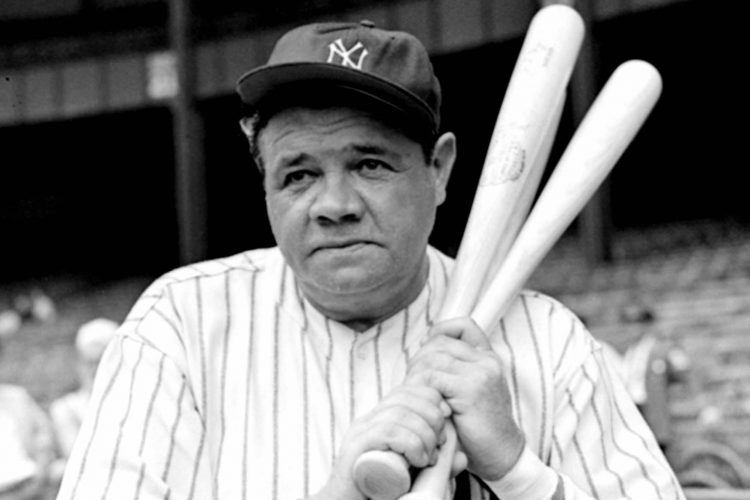 Babe Ruth was a pitcher first for a full five years.
Babe Ruth was a pitcher first for a full five years.
When I learned that fact, I wondered how many home runs the Bambino would have hit had he been allowed to play every day during his first five seasons. Steroid era or not, Mark McGwire or Barry Bonds would not have caught Ruth, whose 714 career round-rippers would surely have morphed into 800-plus.
Still, it wasn’t an easy move for the Red Sox to begin using him in the field on the days he didn’t pitch. Like today, the team’s manager thought that would be too much of a grind for the rotund southpaw, who was getting bigger by the day from eating hot dogs and drinking Cokes during games and chugging beers between them.
He was hitting monstrous homers whenever he did get to the plate, but his ability to pitch entire games — even both ends of a double-header — kept him on the mound until Boston sold him to the Yankees in 1919, when Ruth was 23. The Sox won had 5 of the first 16 World Series ever played with good pitching.
If you know about the Curse of the Bambino, you also know after selling Ruth to the Yanks for $100,000, the Red Sox went 80-something years before winning another Series. So his value as a pitcher, winning three games in the 1918 Fall Classic, was almost as historic as his legendary long balls.
All this comes to mind because the Los Angeles Angels have a new gazillion-dollar player from Japan who claims he can pitch in the Major Leagues and also bat on a regular basis, thanks to the American League’s use of a designated hitter. So the Angels new kid, last name Ohtani, isn’t a novelty. He started by getting a hit in his first at-bat and winning his first start on the mound. We’ll see how it all plays out.
Ruth was known as a hitter first as a minor leaguer with the old-timey Baltimore Orioles. In fact, not all the ball parks had fences a hundred years ago, and when Ruth came to the plate some outfielders backed up another 100 feet or so to keep the Sultan of Swat from hitting the ball over their heads.
The teams could not have been great marketers in those days or they were bad at math. Let’s see, who would draw more people to the ball park, a once-a-week pitcher or an everyday home-run hitter. Ruth kept insisting he could do both, which is the only way he got to bat in the first place. The rest is history.
Podcast: Play in new window | Download
Subscribe: RSS

